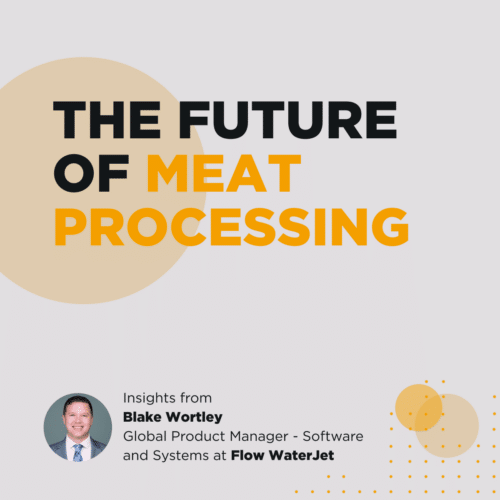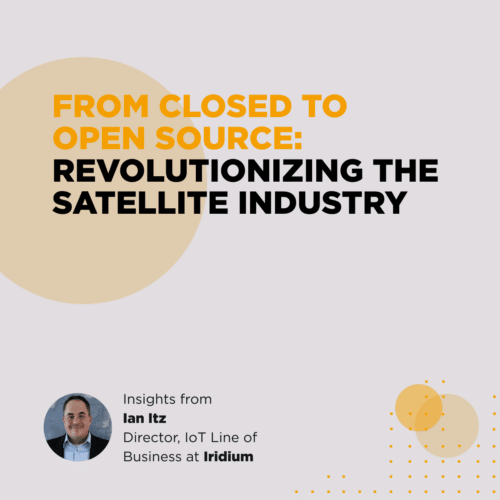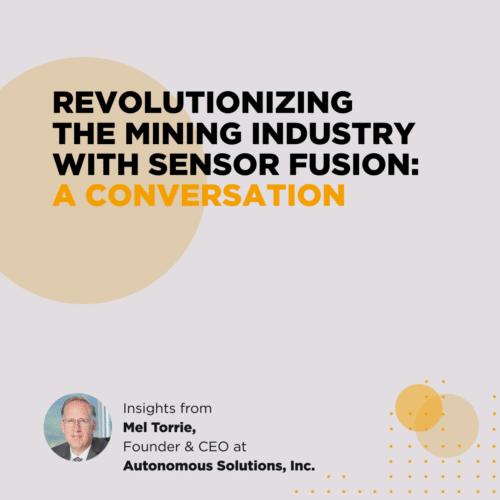Podcast
Episode 7: Embracing a Consumer-Centric Approach to Product Development
June 8, 2021
35 minutes
Embracing a Consumer-Centric Approach to Product Development
A lot of companies — even the big players — make the mistake of developing a product in search of a problem.
Doug Roberson, Chief Technology Officer at Allterco Robotics US, advocates for taking a consumer-centric approach to product development. In this episode, he shares why listening and interacting with customers is the key to delivering a viable outcome that actually solves their problems.
Topics that we covered:
- Honing a consumer-centric approach to product development
- Ensuring there’s a large enough audience for a product
- Lessons from a development cycle without a viable outcome
- The importance of saying no to superfluous stuff
This post is based on a podcast episode with Ryan Prosser, Luke Wilhelm, and Doug Roberson. To hear more interviews like this one, subscribe to Over the Air wherever you listen to podcasts.
Consumer-Centric Product Development
We see companies make the same mistake all the time. They haphazardly experiment to find out what they can connect to the IoT. After that, they explore whether there’s a market for it.
But, as they say, that’s putting the cart before the horse.
From a consumer-centric standpoint, you should actively seek input from the customer first, so that you understand what pain points need to be addressed. Then, develop a product around it.
Listening to Your Customer
Allterco Robotics are big believers in this process. According to Doug, their CEO spends three to four hours a day on social media interacting with their customers.
“He’s on forums and other places picking up ideas from customers. He’s helping them with suggestions on how to accomplish their goals and also listening to them when they come up with problems,” Doug says.
And that’s important. You can ensure your customers have a much better experience by listening to them, finding out what their problems are, and coming up with solutions.
It also allows you to continue iterating and improving your product.
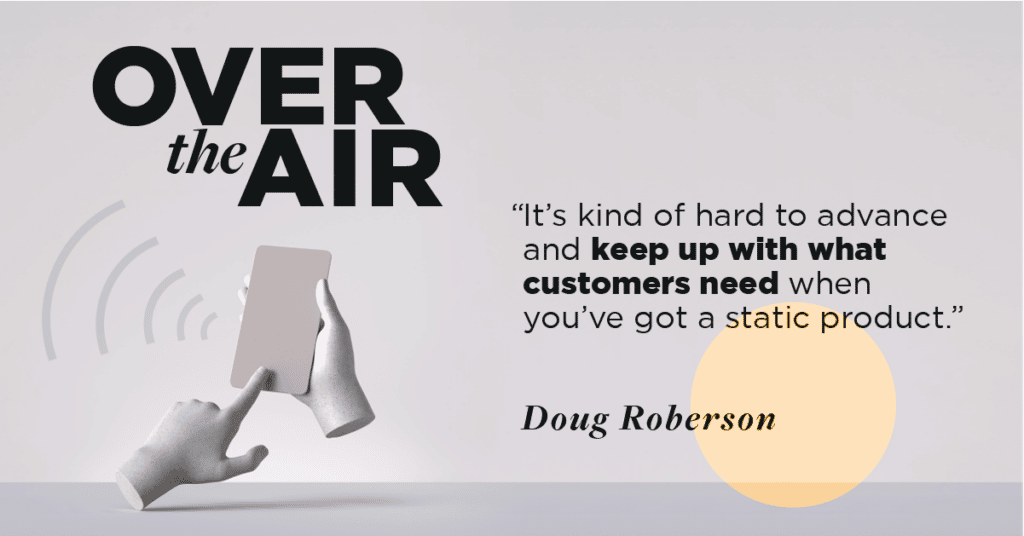
Ensuring Your Product Has A Large Enough Audience
In product development, there’s a pitfall wherein companies mistake very passionate and vocal minorities for a broad audience interested in their product. That mistake has sunk many battleships.
So, how do you ensure that what you’re building has a broad enough audience that it will be a successful product?
In the case of Allterco Robotics, they try to meet the requirements of the really vocal group without falling into the trap of making a product that’s too narrow.
One easy way to do that is to add the requirements as a software feature to an existing product.
Another way is to install a feature that is universal enough to be used by others.
For example, when they’re developing a really specific product, they use a relay form factor. Why? Because it’s so universal that you can install it in any electrical outlet.
“That allows us to fill that narrow use case while still having a product that can be used by others,” says Doug.
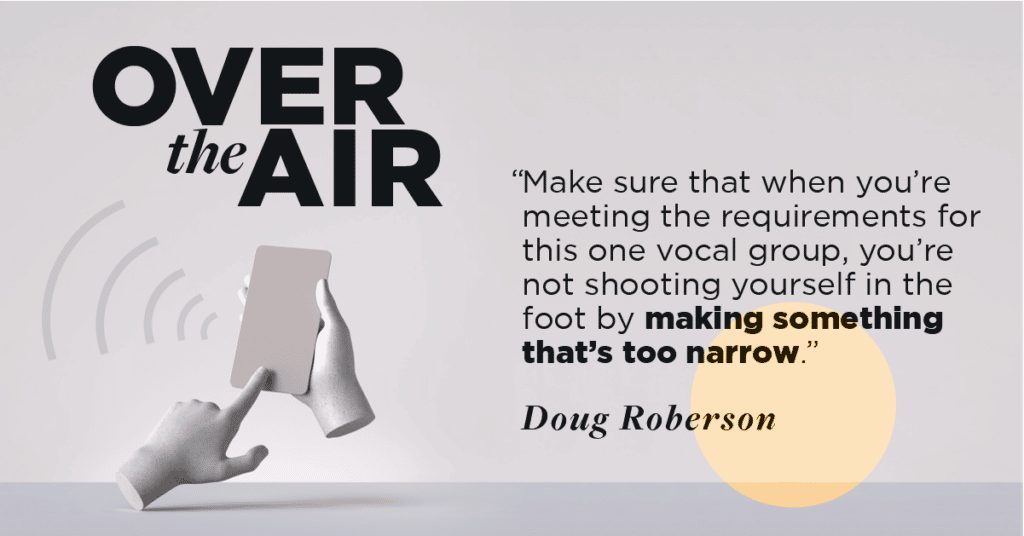
Lessons From a Failed Product
Doug cultivated an eye for consumer-centric products through years of product development experience. Not all of them were resounding successes.
One particular product didn’t result in a return on investment in terms of product sales, but it did provide an incredible lesson.
“The product was a WiFi connected, battery-powered security sensor,” he says. “The use case was for a single point of entry or a single point that you need to secure and it would connect to professional monitoring through the internet.”
What they came to realize was that the product, as constructed, was too expensive to retail. The lesson was that creating a product that works is only half the battle.
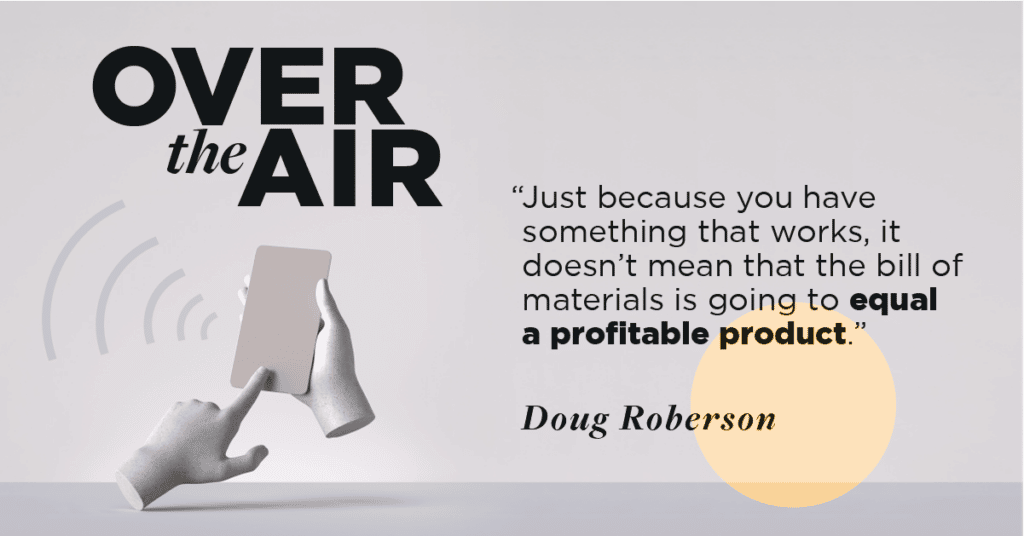
The Importance of the Word “No” in Product Development
An important directive when developing consumer-centric products is saying no often. Why? Three reasons:
- It allows you to focus on your roadmap – By saying no to ideas that deviate from your product roadmap, you are able to focus on areas that you know will deliver a return on your investment.
- It helps you avoid additional complexity – By saying no to superfluous stuff, you’re able to put out something that’s simple and clean. It also resolves a lot of problems before they happen.
- It helps you decide if a product needs to exist – By saying no to developing products the world can live without, you can ensure that you only spend money on products that will bring value to the world.
Final Thoughts
IoT is the greatest tool we have to solve problems today. It covers every industry and every market, and it can change every part of our society.
But the application has to be something substantial — it has to ease a real customer pain point — if you want it to be successful.
As Doug says, “You’ve got to solve a problem in order to sell a product.”
For more insights into connected devices, subscribe to Over the Air wherever you listen to podcasts.

Hosted by: Ryan Prosser
CEO at Very
As Very's CEO, Ryan collaborates daily with product, sales, and marketing to deliver the IoT solutions our clients look for. He is also a champion for our culture, fostering transparency and efficiency across our distributed team.

